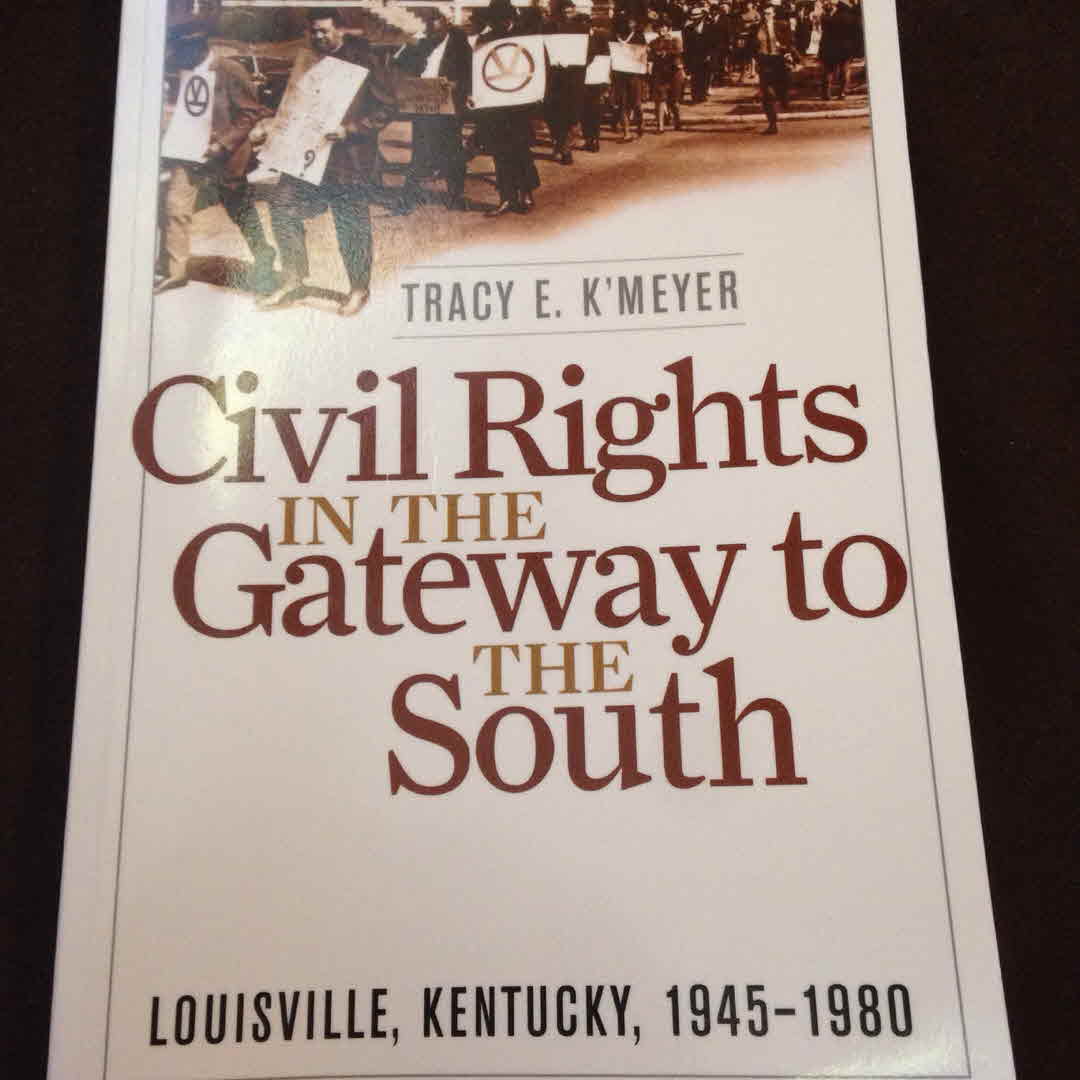
This book which provides a thoughtful and detailed examination of the struggle for Civil Rights in Louisville. The book does get a little dense in places and sometimes the level of detail is too much for the casual reader, but it is thoroughly researched. This book may be tough to follow sometimes for those not familiar with louisville, but I highly recommend it.


















